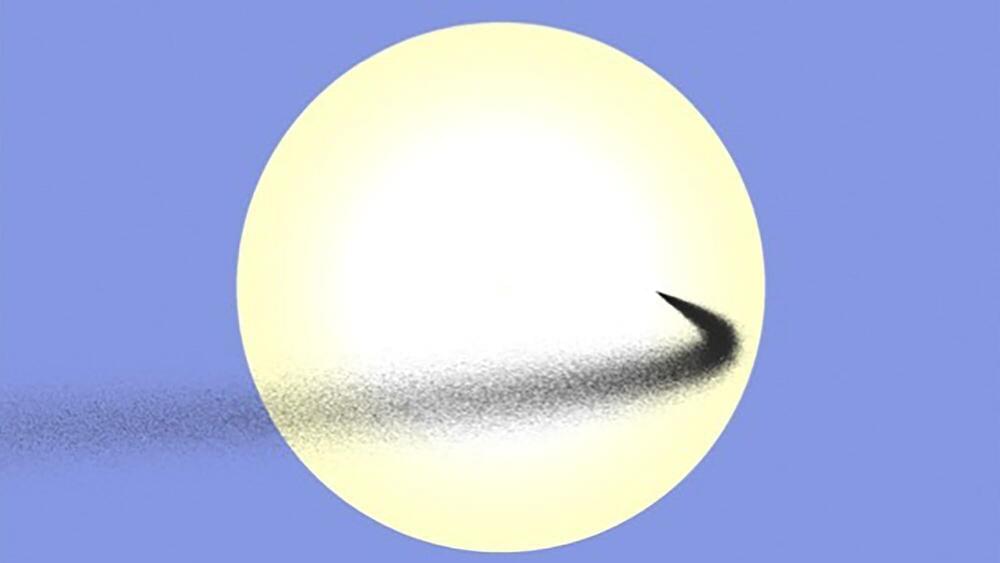On a cold winter day, the warmth of the sun is welcome. Yet as humanity emits more and more greenhouse gases, the Earth’s atmosphere traps more and more of the sun’s energy and steadily increases the Earth’s temperature. One strategy for reversing this trend is to intercept a fraction of sunlight before it reaches our planet. For decades, scientists have considered using screens, objects or dust particles to block just enough of the sun’s radiation—between 1 or 2%—to mitigate the effects of global warming.
A University of Utah-led study explored the potential of using dust to shield sunlight. They analyzed different properties of dust particles, quantities of dust and the orbits that would be best suited for shading Earth. The authors found that launching dust from Earth to a way station at the “Lagrange Point” between Earth and the sun (L1) would be most effective but would require astronomical cost and effort. An alternative is to use moondust. The authors argue that launching lunar dust from the moon instead could be a cheap and effective way to shade the Earth.
The team of astronomers applied a technique used to study planet formation around distant stars, their usual research focus. Planet formation is a messy process that kicks up lots of astronomical dust that can form rings around the host star. These rings intercept light from the central star and re-radiate it in a way that we can detect it on Earth. One way to discover stars that are forming new planets is to look for these dusty rings.
